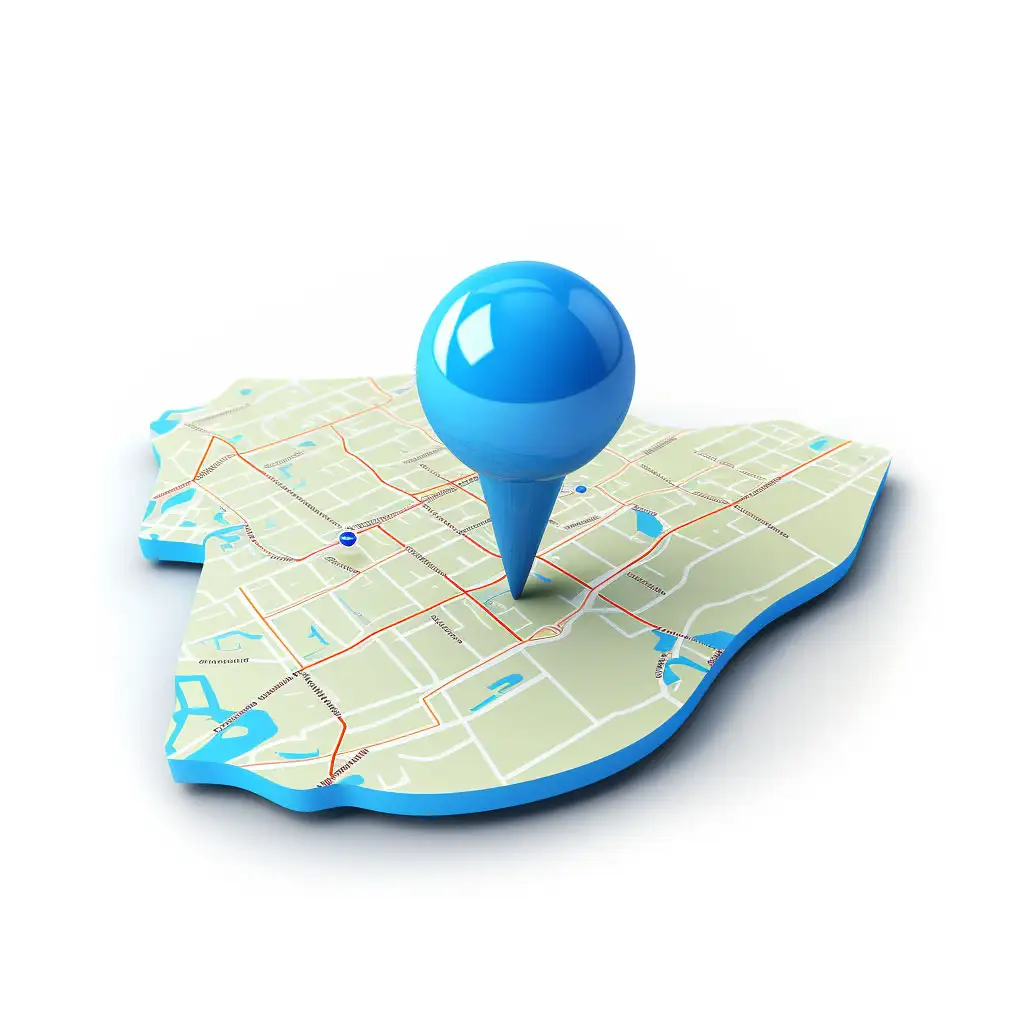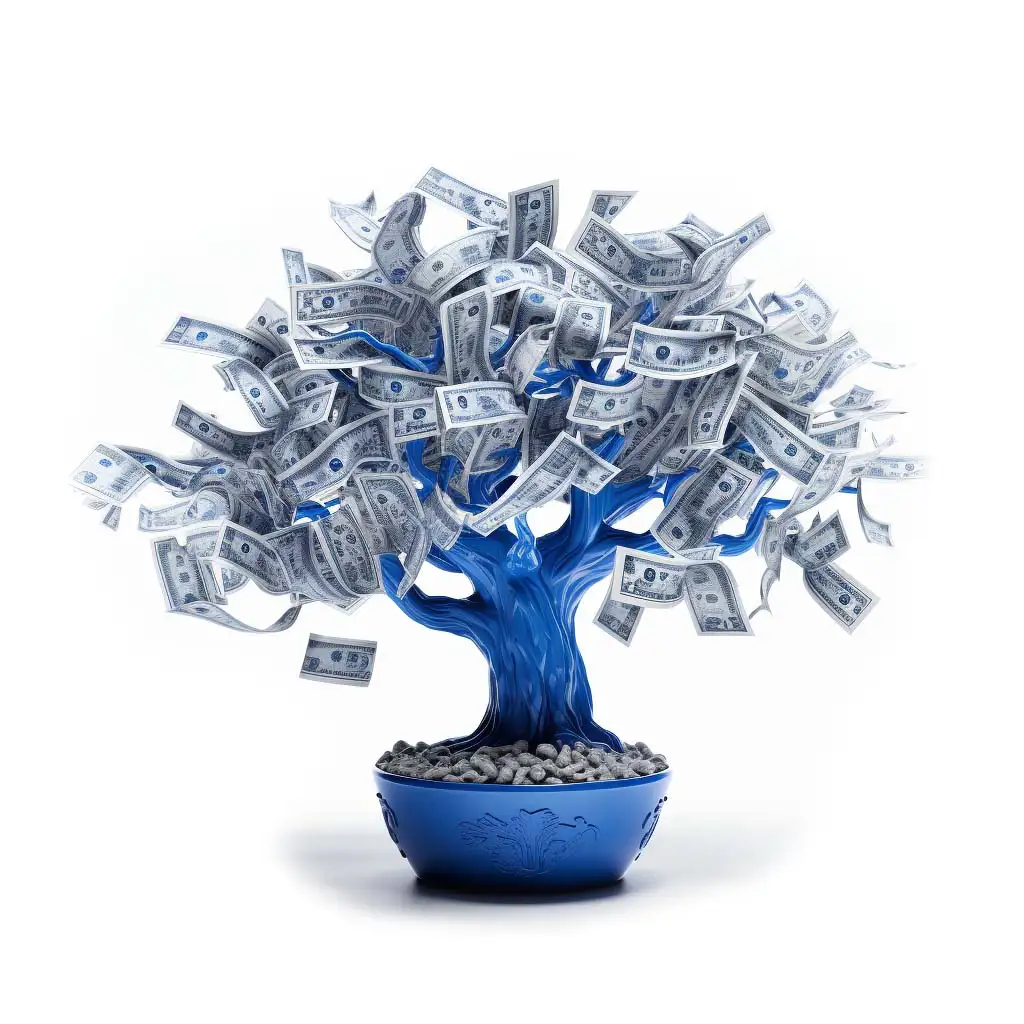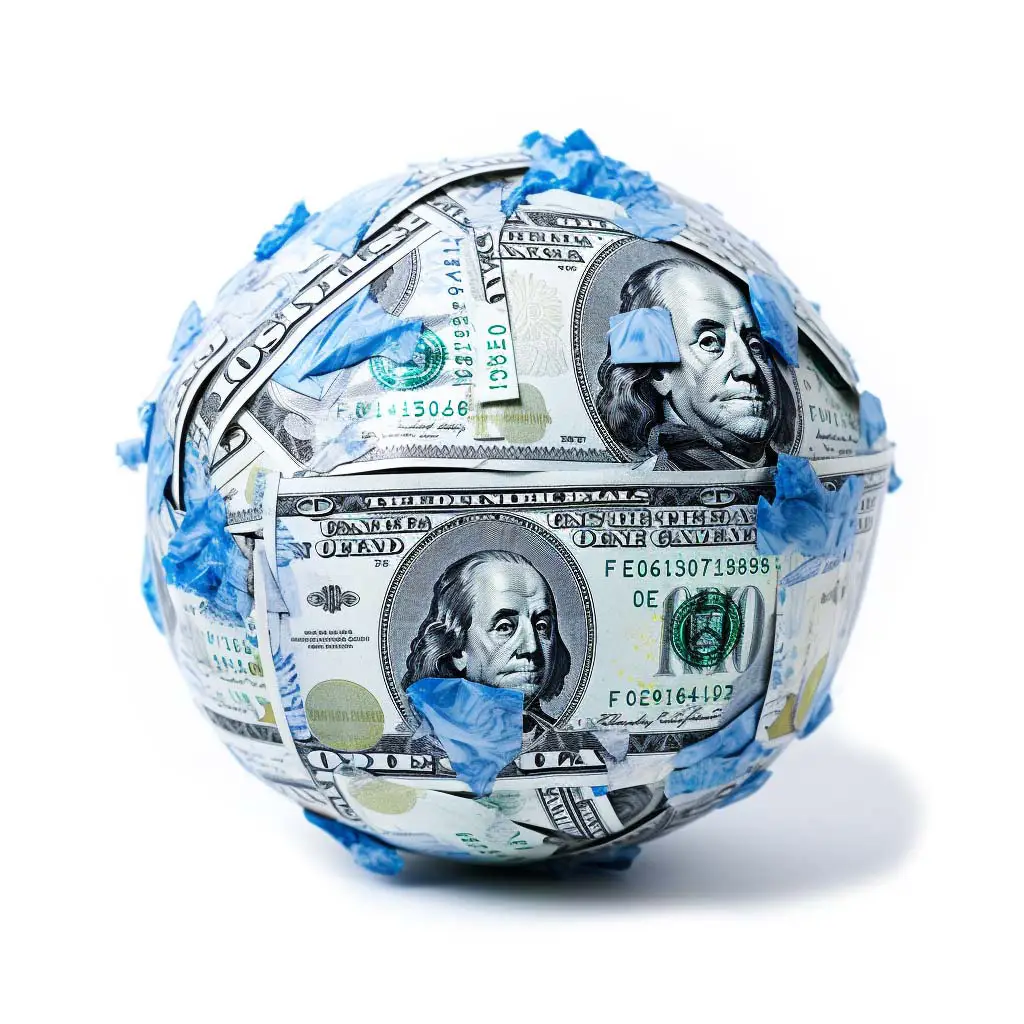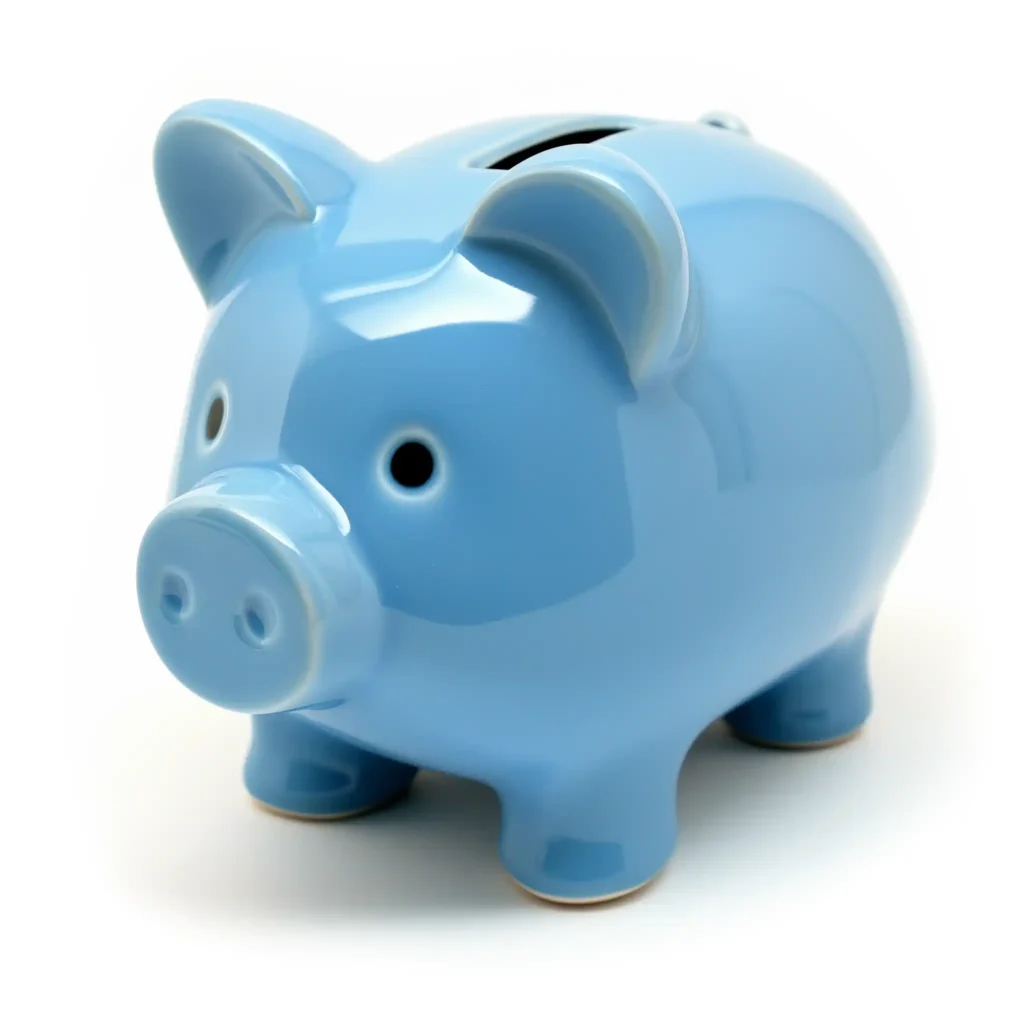New York State Local Sales Tax Calculator
New York Sales Tax Calculator
- By ZIP Code
- By Tax Region
Found our Free NY Sales Tax Calculator useful? Bookmark and share it.

How to Use the New York Sales Tax Calculator
The New York Sales Tax Calculator helps businesses and consumers quickly determine the total tax on purchases based on ZIP codes or tax regions. Follow these simple steps to get accurate tax calculations:
Step 1: Choose a Search Method
- Search by ZIP Code – Select a New York ZIP code from the dropdown to see the applicable tax rates.
- Search by Tax Region – If you know the tax region name, choose it from the list to find the corresponding tax rates.
Step 2: Enter Purchase Amount
- Input the total cost of your purchase before tax. The calculator will determine the correct tax amount based on the selected location.
Step 3: Include Special Rate (Optional)
- If applicable, check the box to include any special tax rates for the selected location.
Step 4: Calculate the Sales Tax
Click the “Calculate Tax” button to see a breakdown of the tax, including:
- State Tax
- County Tax
- City Tax (if applicable)
- Special Tax (if selected)
- Total Sales Tax
- Final Price Including Tax
Why Use Our NY Sales Tax Calculator?
Quick and Accurate
Our calculator provides immediate and accurate sales tax rates for any city in New York State, ensuring you know exactly how much tax you’ll pay on your purchases.
Comprehensive City List
From Albany to Yonkers, our calculator covers every city in the state. You won’t have to worry about outdated or incorrect tax rates.
Easy to Use
Our straightforward interface makes calculating your sales tax hassle-free. Get the information you need with just a few clicks.


Understanding Sales Tax in New York State
New York State’s sales tax landscape is a complex tapestry that reflects the diverse economic policies of its various jurisdictions. The total sales tax rate that consumers face is a composite of the state sales tax rate, which is currently set at 4%, and additional local rates imposed by counties, cities, and special districts. This variability means that the sales tax rate in one city can be significantly different from that in another, sometimes even within the same county. For instance, while New York City has a combined sales tax rate of 8.875%, other areas in New York State might have rates as low as 7%. Such variations are due to local governments leveraging sales tax to fund municipal services, infrastructure projects, and other community needs.
The intricacy of New York State’s sales tax system underscores the importance of understanding how sales tax works and its impact on your expenses. For both individuals and businesses, being aware of the sales tax rates applicable in different locations can influence decision-making related to purchasing and budgeting. Whether you’re planning a large-scale investment, like buying property or a vehicle, or managing day-to-day expenses, knowing the exact sales tax rate you’re subject to can help you budget more accurately and avoid unexpected costs.
The Importance of Knowing Your Sales Tax
In a state as economically diverse as New York, being well-informed about local sales tax rates is not just a matter of fiscal responsibility; it’s a strategy for smarter living and doing business. For consumers, understanding sales tax rates helps in making cost-effective purchasing decisions. For instance, if you’re planning to make a significant purchase, such as electronics or furniture, knowing the sales tax rates in different areas could save you a substantial amount of money, especially on high-ticket items. Similarly, for businesses that sell goods or services across different parts of the state, understanding and applying the correct sales tax rates is crucial for compliance with tax laws and for setting competitive prices.
Moreover, the ability to accurately calculate the sales tax on purchases can help you avoid surprises at the checkout and ensure that your financial planning is on point. It also aids in understanding the true cost of items or services, which is particularly important in areas with higher sales tax rates. This knowledge not only empowers consumers and businesses to budget more effectively but also encourages a more informed and engaged citizenry that understands where and how their tax dollars are being used.
Our sales tax calculator is designed to demystify the complexities of New York State’s sales tax system. By providing a user-friendly tool that quickly calculates the sales tax for any city in the state, we aim to empower individuals and businesses to make informed financial decisions. Whether you’re budgeting for personal expenditures, planning business operations, or simply curious about the sales tax rates in different parts of New York State, our calculator is a valuable resource for staying informed and managing your finances effectively.
FAQ: Sales Tax in New York State
What is the base sales tax rate in New York State?
The base state sales tax rate in New York is 4%. This rate can be combined with county and city rates, which vary across the state, leading to total sales tax rates typically ranging from 7% to 8.875%.
How does New York State determine local sales tax rates?
Local sales tax rates in New York are determined by individual counties and cities. These rates are added to the base state rate of 4%, resulting in the total sales tax rate for a specific area. Local governments set these rates to fund various public services and infrastructure projects.
Are sales tax rates the same throughout New York State?
No, sales tax rates vary significantly across New York State. The total rate you pay can differ depending on the county or city in which you’re shopping. For example, New York City has a combined sales tax rate of 8.875%, while other areas may have lower rates.
Do all products and services in New York State have the same sales tax rate?
Most tangible personal property and certain services are subject to sales tax in New York. However, there are exceptions and exemptions, such as most grocery items, prescription drugs, and some medical services, which are exempt from sales tax.
Can sales tax rates change within New York State?
Yes, sales tax rates in New York can change. Changes are usually implemented at the start of the county or city’s fiscal year and can result from decisions by local governments to adjust their rates.
How can I find the sales tax rate for a specific location in New York State?
You can find the sales tax rate for a specific location in New York State by using our sales tax calculator or by visiting the New York Department of Taxation and Finance website, which provides detailed information on sales tax rates by jurisdiction.
Are online purchases subject to sales tax in New York State?
Yes, online purchases delivered to a New York address are subject to the same sales tax rates as in-store purchases. Retailers are required to collect sales tax based on the delivery location’s total sales tax rate.
What should I do if I’m charged the wrong sales tax rate on a purchase in New York State?
If you believe you’ve been charged the wrong sales tax rate on a purchase, you should first contact the retailer for a correction. If the issue isn’t resolved, you can report it to the New York Department of Taxation and Finance for further assistance.
Is there a way to calculate the total cost of an item with sales tax in New York State?
Yes, you can calculate the total cost of an item with sales tax by using our New York State sales tax calculator. Simply enter the item’s cost and your city to see the total cost with sales tax included.
Does New York State have a sales tax holiday?
New York State does not currently have a sales tax holiday. Sales tax holidays, when taxes on certain items are temporarily reduced or eliminated, are enacted by the state legislature and can vary year by year.
How do businesses handle sales tax collection in New York State?
Businesses in New York State are required to register for a sales tax permit if they sell taxable goods or services. They must collect the appropriate sales tax from customers and remit it to the state on a regular basis, according to schedules set by the New York Department of Taxation and Finance.

A Brief History of Sales Tax in NY State
The sales tax system in New York State, as we know it today, has evolved significantly since its inception. Understanding this history provides insight into the economic and legislative developments that have shaped the state’s approach to taxation and fiscal policy.
Introduction of Sales Tax in New York State
New York State introduced its sales tax in 1965, amidst a period of economic adjustment and as a response to the growing need for public services and infrastructure development. The initial state sales tax rate was set at a modest level, designed to supplement state revenue without placing an undue burden on consumers. This move mirrored a broader trend across the United States, where states sought more stable revenue sources to fund expanding government responsibilities.
Early Challenges and Adjustments
The implementation of the sales tax was not without its challenges. Businesses had to adapt to new requirements for collecting and remitting tax, while consumers grappled with the increased cost of goods and services. The state government faced the task of setting up an efficient system for tax collection and enforcement, ensuring compliance while minimizing the administrative burden on businesses.
Evolution of Sales Tax Rates and Structure
Over the years, the structure and rate of New York State’s sales tax have seen numerous adjustments. These changes were often made in response to economic conditions, budgetary needs, and policy objectives. For example, during times of fiscal stress, the state has sometimes increased the sales tax rate to raise additional revenue. Conversely, periods of economic prosperity or political pressure have occasionally led to calls for lowering the tax rate.
The state also expanded the sales tax base to include a wider range of goods and services as the economy evolved. This expansion aimed to reflect changing consumer patterns and ensure that the sales tax system remained relevant and fair.
Local Sales Taxes
One of the unique aspects of New York State’s sales tax system is the significant role of local sales taxes. Counties and cities are allowed to impose their own sales taxes in addition to the state rate. This system has led to considerable variation in total sales tax rates across the state, with rates ranging from 7% to 8.875%. The local sales tax system provides municipalities with a vital revenue source but has also raised questions about tax competition, equity, and complexity.
Modern Challenges and Digital Sales
The rise of e-commerce presented new challenges for New York State’s sales tax system. For many years, online sales escaped state and local sales taxes unless the seller had a physical presence in the state. This situation changed with the 2018 South Dakota v. Wayfair, Inc. decision by the U.S. Supreme Court, allowing states to require out-of-state sellers to collect and remit sales tax on sales to in-state customers. New York State quickly moved to implement these provisions, ensuring that online and brick-and-mortar businesses operate on a more level playing field concerning sales tax.
Looking Forward
As New York State looks to the future, its sales tax system continues to adapt to changing economic realities, technological advancements, and public policy goals. Ongoing debates about tax rates, the tax base, and the balance between state and local taxation reflect the complex role of sales tax in the state’s fiscal framework. Understanding the history of sales tax in New York State sheds light on the broader economic and policy dynamics that continue to shape its development.
Other Sales Tax Calculators
Loading calculators based on your location…
Disclaimer: The content provided on this webpage is for informational purposes only and is not intended to be a substitute for professional advice. While we strive to ensure the accuracy and timeliness of the information presented here, the details may change over time or vary in different jurisdictions. Therefore, we do not guarantee the completeness, reliability, or absolute accuracy of this information. The information on this page should not be used as a basis for making legal, financial, or any other key decisions. We strongly advise consulting with a qualified professional or expert in the relevant field for specific advice, guidance, or services. By using this webpage, you acknowledge that the information is offered “as is” and that we are not liable for any errors, omissions, or inaccuracies in the content, nor for any actions taken based on the information provided. We shall not be held liable for any direct, indirect, incidental, consequential, or punitive damages arising out of your access to, use of, or reliance on any content on this page.
Trusted By
Trusted by 3.2M+ Employees: 21 Years of Service Across Startups to Fortune 500 Enterprises
Join our ever-growing community of satisfied customers today and experience the unparalleled benefits of TimeTrex.










Strength In Numbers
Join The Companies Already Benefiting From TimeTrex
Time To Clock-In
Start your 30-day free trial!
Experience the Ultimate Workforce Solution and Revolutionize Your Business Today
- Eliminate Errors
- Simple & Easy To Use
- Real-time Reporting

Saving businesses time and money through better workforce management since 2003.
Copyright © 2025 TimeTrex. All Rights Reserved.

